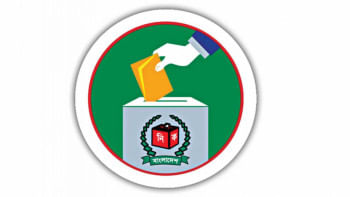Occupational therapy for bullet injury

Many students and normal people experienced gunshot injuries in recent times in Bangladesh. This injury hampered their life very significantly.
A gunshot wound is a penetrating injury caused by a projectile from a gun. Damage may include bleeding, bone fractures, organ damage, wound infection, and loss of the ability to move parts of the body. In severe cases, death may occur.
There are numerus conditions that may arise after gunshot injuries. These include soft tissue injury, muscle injury, nerve injury, vascular injury/haemorrhage, bone injury, pain, spinal cord injury, amputation.
After a gunshot, the patient faces different long-term complications. These are joint contracture, myofascial, chronic, or neuropathic pain, complex regional pain syndrome, central sensitisation, mental health issues, including post-traumatic stress disorder, anxiety, or depression, difficulty to participate in daily activities, etc.
Occupational therapy has a significant role in rehabilitating bullet-injured patients. Occupational therapists help to train up on re-performing daily activities and facilitate community reintegration. An occupational therapist uses specific activities to limit the effects of disability and promote independence in all aspects of daily life.
Mainly, occupational therapists use the following stage during therapy sessions:
1. Upon receiving a referral, the first step involves conducting a thorough assessment of the situation or condition.
2. Following the assessment, the next phase is identifying the specific problem or problems that need to be addressed.
3. With the problem identified, a detailed treatment plan is then developed to guide the approach to care.
4. The treatment plan is then implemented, with the necessary interventions and actions being carried out.
Finally, the effectiveness of the treatment is evaluated to determine whether the desired outcomes have been achieved.
According to patients' conditions, treatment may vary. Overall, the occupational therapist provides the following therapy:
• Functional Range of Motion (ROM) exercises
• Functional strengthening exercise
• Practice Activities of Daily Living (ADL) like dressing, grooming, brushing, combing hair, etc.
• Functional balance training
• Memory training
• Carer and family training
• Writting practice
• Learn energy conservation techniques.
• Fall prevention
•Ergonomically home, office, or classroom modification
• Provide an assistive device or splinting.
• Stress management
• Social skills training
A person may suffer from any type of disability after a gunshot injury. Students face different challenges to continue their study. In this situation, the occupational therapist can help to make him/her independent from their study-related or other daily task activities. Occupational therapy focusses on functional performance and occupational engagement—staying in school, keeping a job, and maintaining relationships.
The writer is an occupational therapist at the Department of Physical Medicine and Rehabilitation at the National Institute of Neurosciences and Hospitals (NINS&H). Email: rabeya1988@gmail.com


 For all latest news, follow The Daily Star's Google News channel.
For all latest news, follow The Daily Star's Google News channel. 



Comments